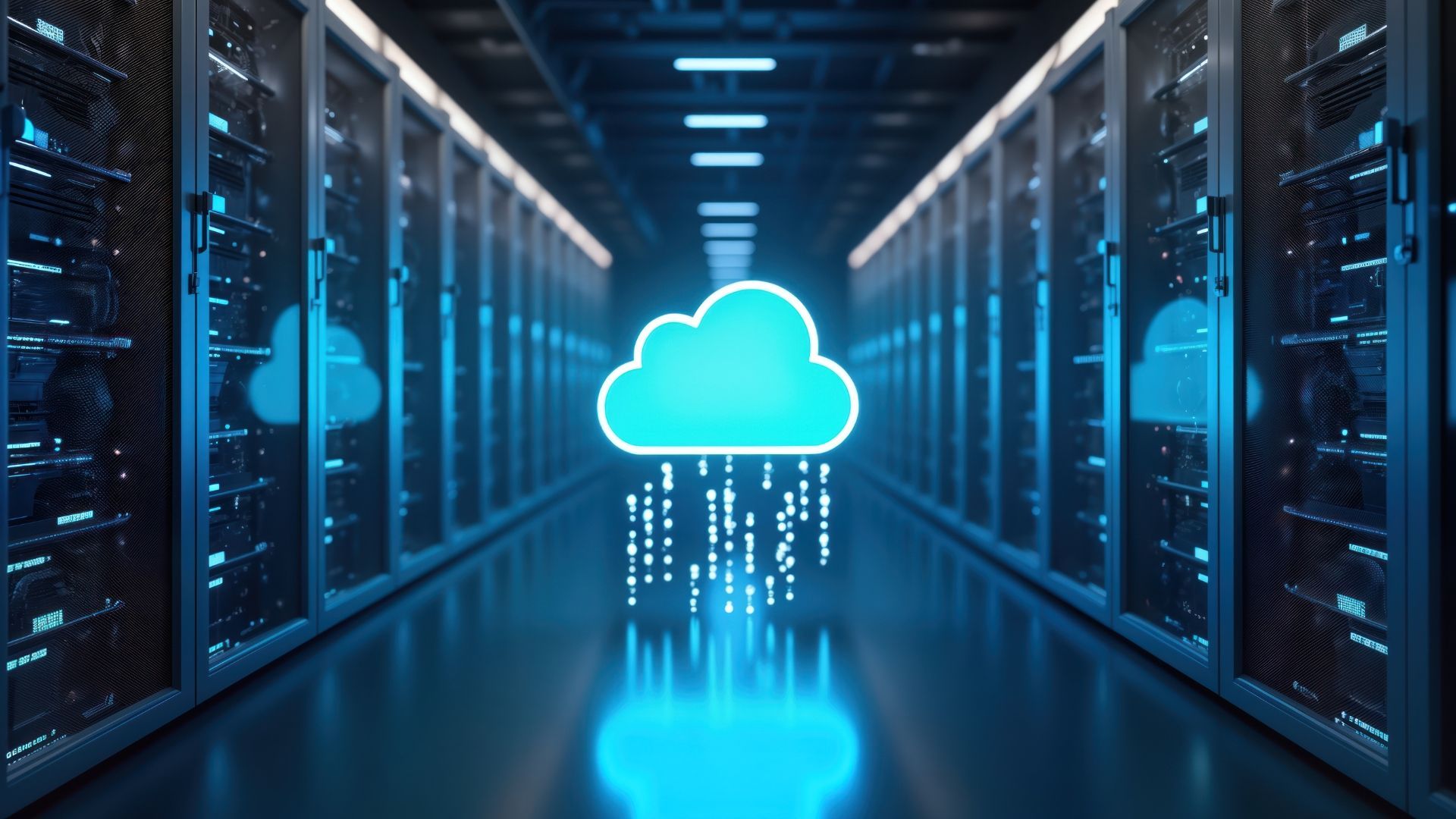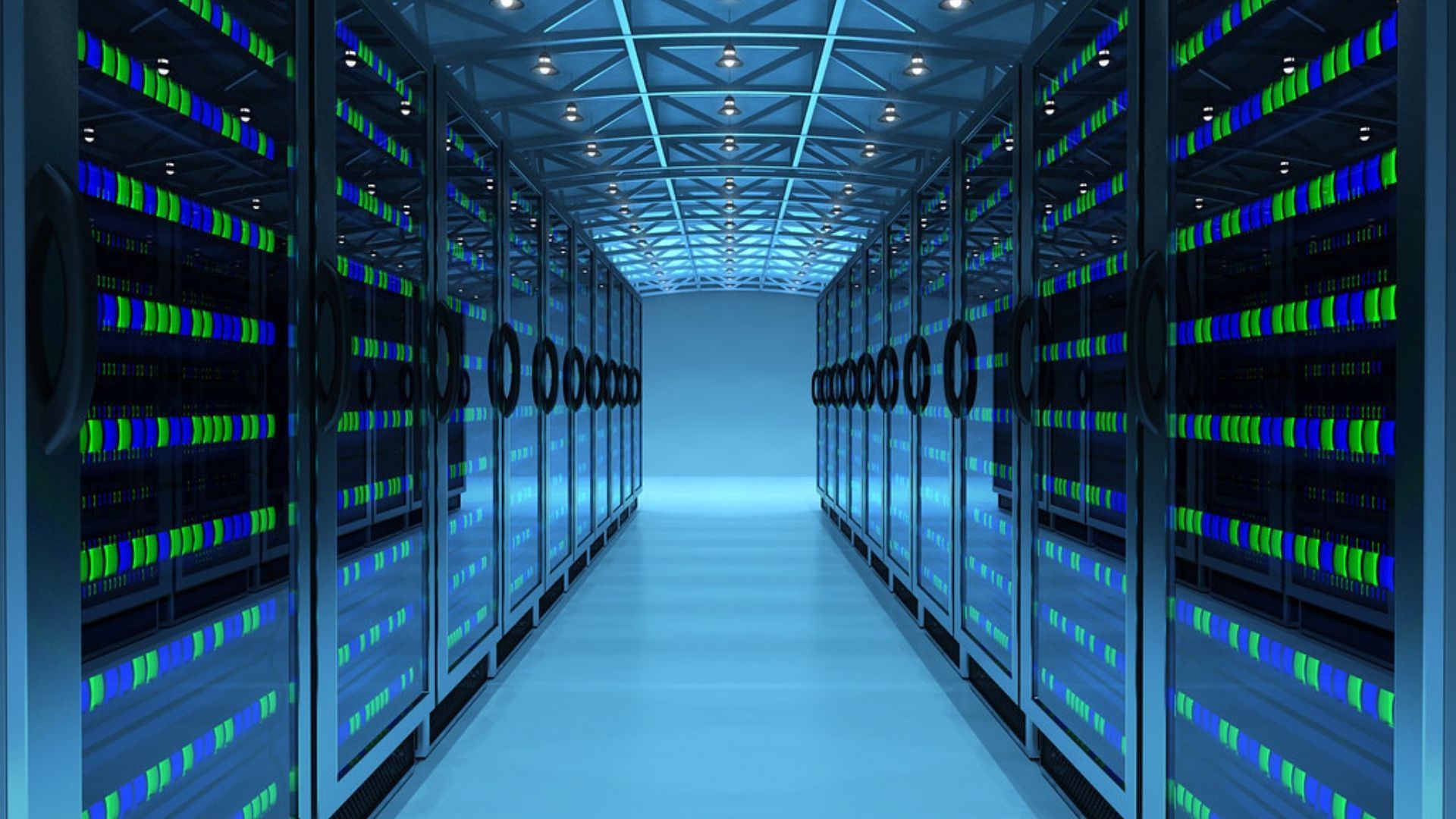Should SMEs use IaaS?
Should IaaS (infrastructure as a service) be the preserve of large enterprises? Or should SMEs consider investing in it too? Find out our thoughts inside.
So you run an SME. You want to tap into the potential of the cloud, but you're not sure which service model best suits a smallish business.
Prevailing opinion says that SaaS is the best fit for the typical SME. But perhaps your SME isn't a typical SME. Depending on your business's size, structure and service offering, it might make more sense to jump straight on the IaaS omnibus instead.
Did that read like we'd taken a nap on our keyboards? Not to worry – let's start by looking at the key cloud models in a little more detail.
The three cloud service models: SaaS, PaaS and IaaS
There are three main delivery options for cloud services. These are SaaS, PaaS and IaaS.
(Technically, these are just the tip of the cumulonimbus. There's also AaaS, DaaS, STaaS, FaaS and even
XaaS. Don't worry about those for now.)
SaaS is "software as a service". This model delivers ready-to-use software from the cloud, often in the form of a web app and usually on a subscription basis.
The primary benefit of SaaS is convenience. You're paying for a modern, readily updated app that you can access anywhere – often with no installation required. The SaaS vendor handles updates, security patches and, well… everything else. You don't even have to think about the server backend – all your interactions take place on the software's user interface.
The downside? It's not very flexible. You get a piece of software that works out of the box. If you want to unlock more of the cloud, you're pretty much stuck.
Examples: Salesforce, Microsoft 365, Google Workspace, HubSpot, Slack.
PaaS is "platform as a service". On a sliding scale of convenience versus flexibility, it sits slap bang between SaaS and IaaS.
With PaaS, you get a ready-made suite of hardware, software and infrastructure, delivered from the cloud. The vendor manages the servers, the storage, the operating system and any necessary middleware. It's up to you to provide the applications. That's it.
PaaS is most commonly used by software developers. It provides a stable groundwork for application development and testing, without the need for expensive on-site hardware.
Examples: Azure App Service, AWS Elastic Beanstalk, Google App Engine, IBM Cloud Foundry.
Finally, IaaS is "infrastructure as a service". In this model, the vendor provides hardware, storage and (often) virtualisation solutions. Your job is to manage the operating system, middleware, runtime and other day-to-day computing stuff.
Effectively, you get a complete, configurable server room. The only difference is that it's hosted off-site rather than somewhere within your HQ.
IaaS is super flexible. More flexible, in fact, than maintaining your own data centre. However, it requires more time and resources to manage compared to SaaS or PaaS.
Examples: AWS, Microsoft Azure, Google Cloud Platform, IBM Cloud.
Why should an SME consider IaaS?
Now you're familiar with the three cloud service models, you might be thinking, "it's a no-brainer, isn't it? SaaS is easily the best option for most SMEs."
That's probably right – for most SMEs. If all you need is a well-liked, well-used, cookie-cutter software application, then SaaS is a great way to go.
With SaaS, you can bag yourself a complete suite of enterprise software without having to manage any on-site infrastructure. (Except perhaps a few decent laptops.)
If you're a software development startup, you might plump for PaaS. But what about IaaS? Surely it's just too hands-on for most fledgling enterprises?
Not so fast. We'd argue that there are several clear use cases for IaaS in a small business.
If your SME fits any of the below criteria, you'd do well to keep IaaS in mind.
1. You're quietly confident
There's the distinct scent of opportunity in the air. You know you'll need a proper data centre to support your growing workforce and infrastructural requirements, but investing in on-site hardware might be a risk too far.
If this sounds (or smells) familiar, you may want to consider investing in IaaS.
Why? Because IaaS is almost infinitely scalable. Typically, you pay for a package that includes a certain amount of storage, compute power and network egress. If your business grows, your IaaS solution can grow with it. If things take a turn, you can scale down or pull the plug.
This has numerous benefits for business logistics and budget management. IaaS transforms IT from a risky CapEx commitment to an easily managed OpEx spend. Or, to put it another way, on-premise infrastructure is for life – IaaS is just for Christmas, if needs be.
2. You're more IT-hungry than the average SME
Let's say you've got a big idea for a small business. This isn't your common-or-garden Etsy shop – you're going to need heaps of storage and some beefy CPUs.
Traditionally, this would mean investing an eye-watering amount of money. To get off the ground, you'd need some top-flight on-site hardware, as well as a crack team of IT professionals to manage and maintain it.
Not so with IaaS. Thanks to its scalable subscription model, you can start with a manageable monthly payment and ramp up as your business grows. No on-premise data centre or crack team required.
Sure, you'll need a bit of capital to get started. But because it's delivered as a service, IaaS has levelled the playing field for cash-strapped SMEs. Yes – enterprise-grade infrastructure is no longer the preserve of multinationals and unicorn companies.
3. You've got all your ducks in a row
Maybe you already have an on-premise data centre. Perhaps you run custom applications on it. How can a business like yours get the most cloud-based bang for your buck?
SaaS just wouldn't cut the mustard. Your whole operation depends on bespoke software and a fine-tuned infrastructure. SaaS, with its cookie-cutter nature and impenetrable backend, would feel like too much of a step back.
PaaS, meanwhile, is a different beast entirely. It's designed for software development and little else.
In this case, a
lift-and-shift migration to an IaaS cloud would be the best option. This would effectively recreate your in-house IT infrastructure in the cloud, bespoke applications and all.
Lift-and-shift, or "rehosting", is our favoured cloud migration method here at Ascend. Thanks to our meticulously planned, five-step migration process, staff can continue to work on your in-house systems while the migration takes place – and hit the ground running when it's done and dusted.
The alternatives – refactoring or rearchitecting applications for the cloud – require more capital and more time. In other words, the resources that SMEs most often lack.
Lifting and shifting gets you where you need to be: in the cloud. This means you can start reaping its benefits without worrying about knocking down and rebuilding your IT.
And you can always refactor or rearchitect your applications when you have the time and cash flow to consider it. Baby steps.
Are you interested in
migrating to IaaS ? Here at Ascend Cloud Solutions, we've overseen more than 400 cloud migrations for businesses of all sizes. For help migrating to any VMware-based cloud,
get in touch with one of our experts today.












